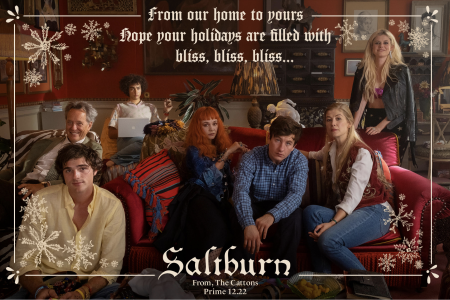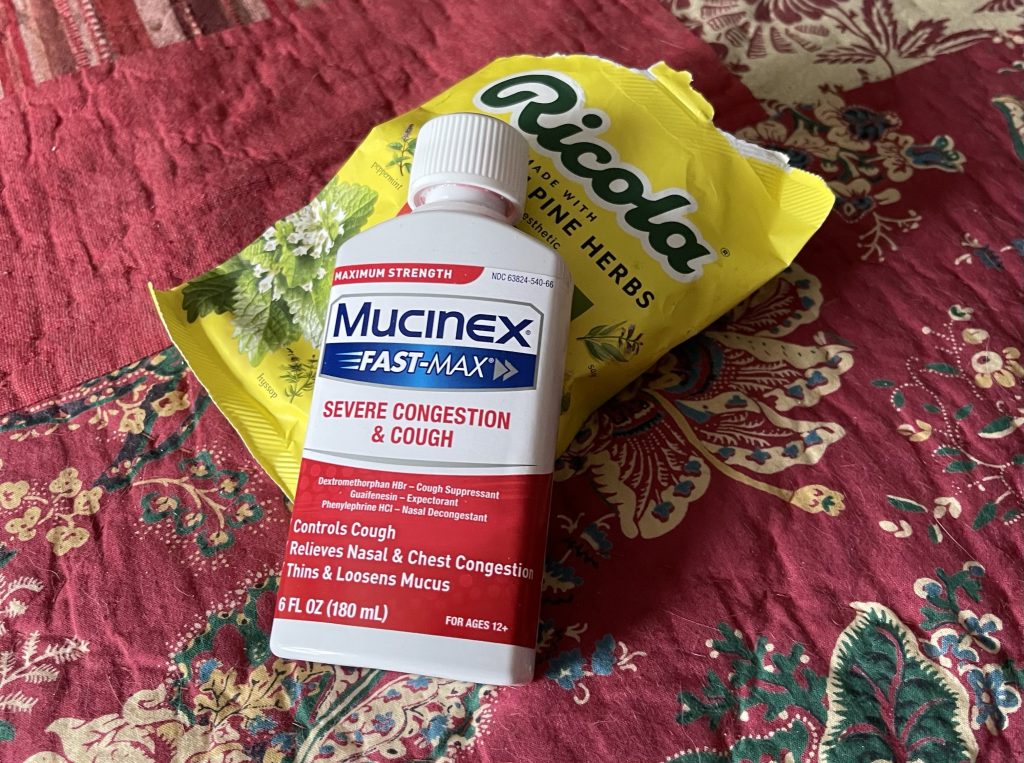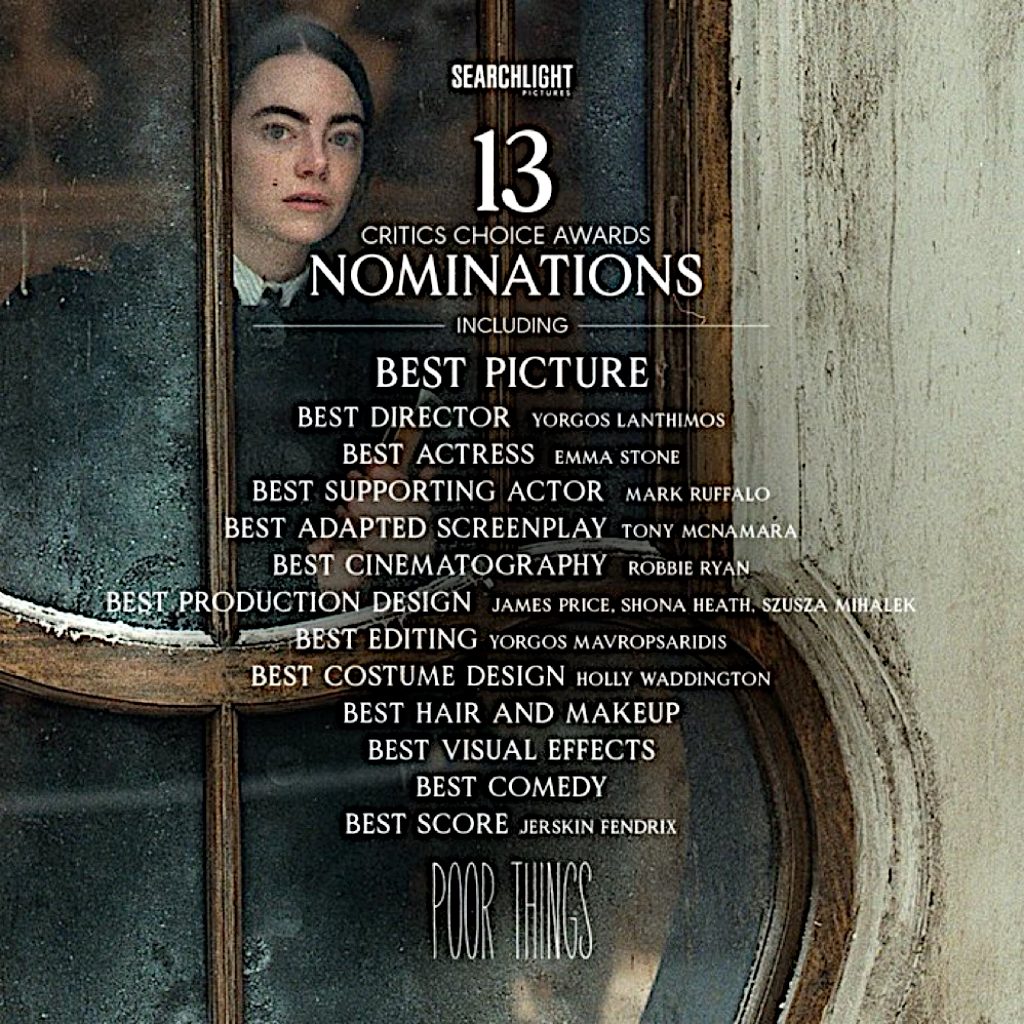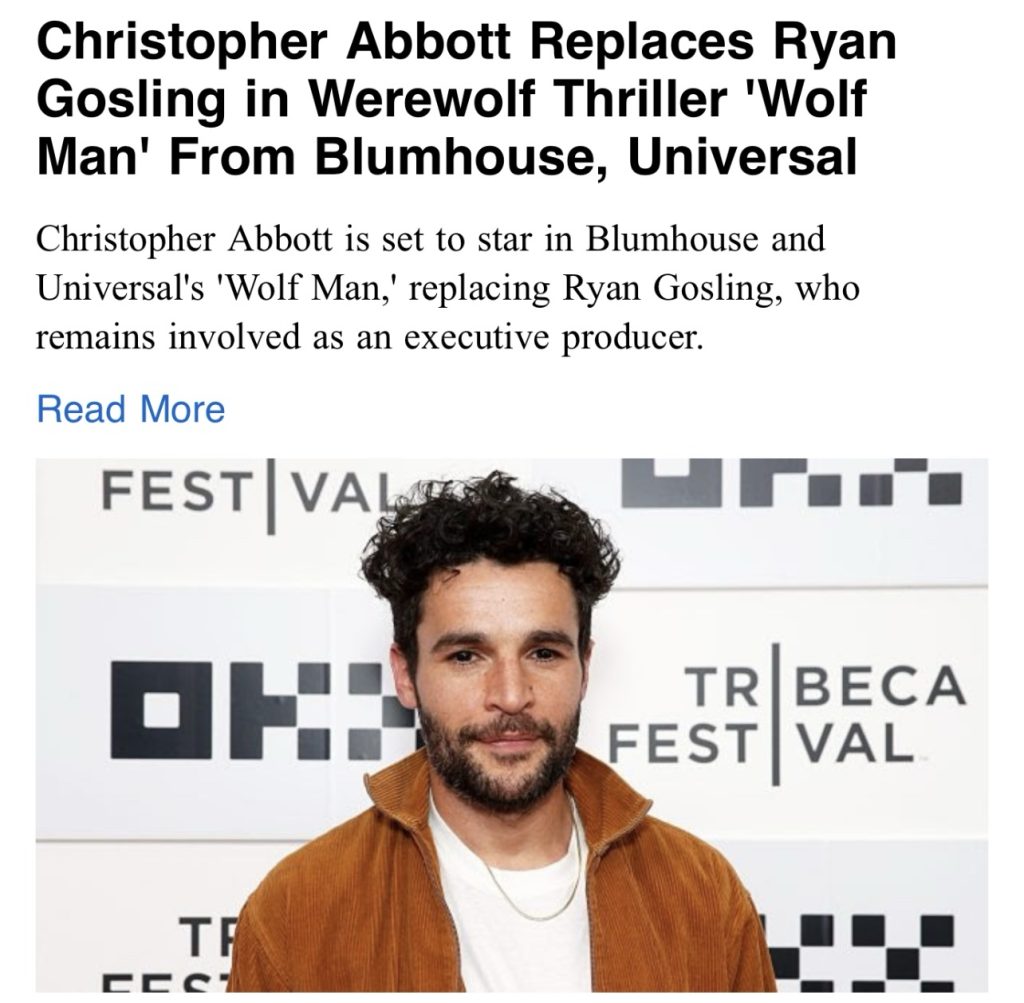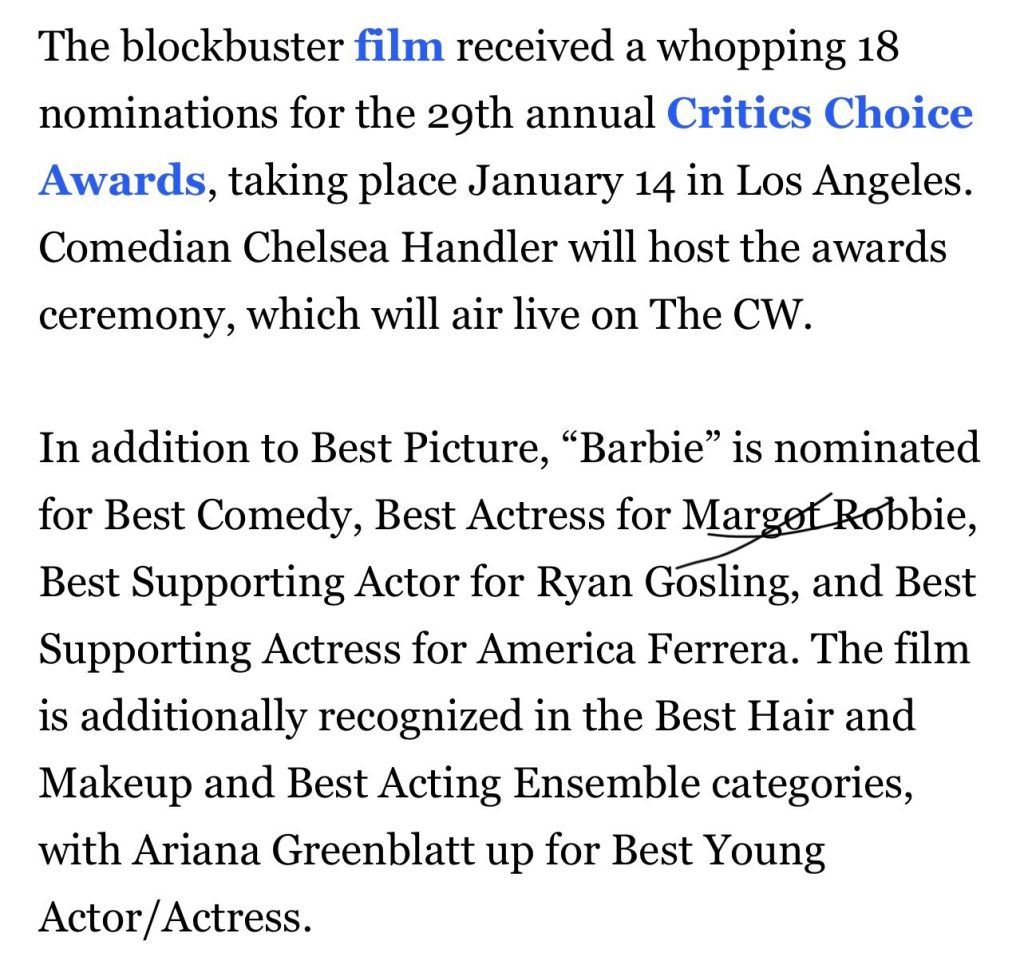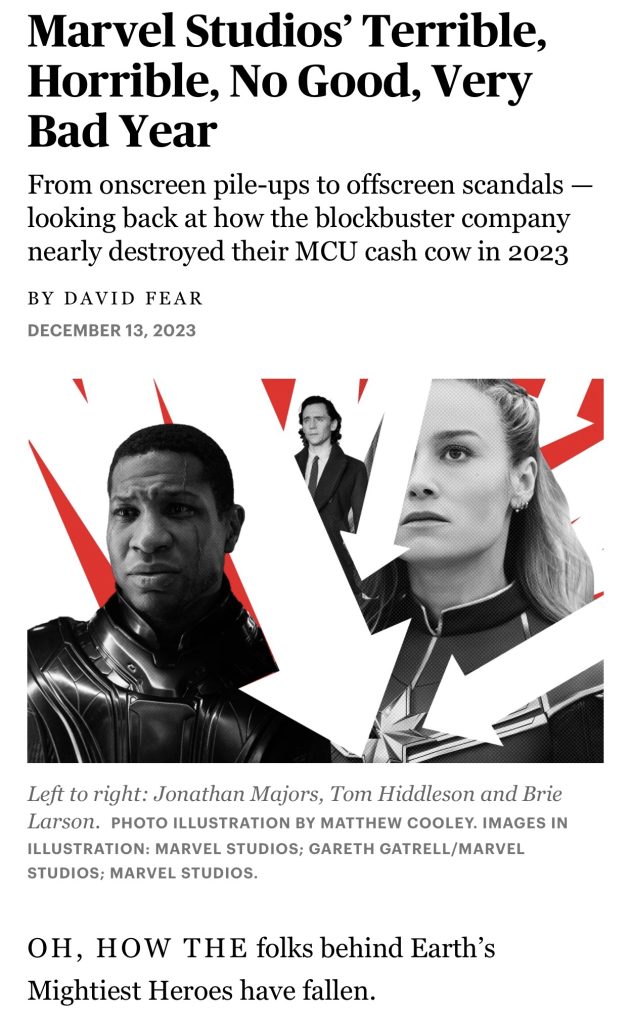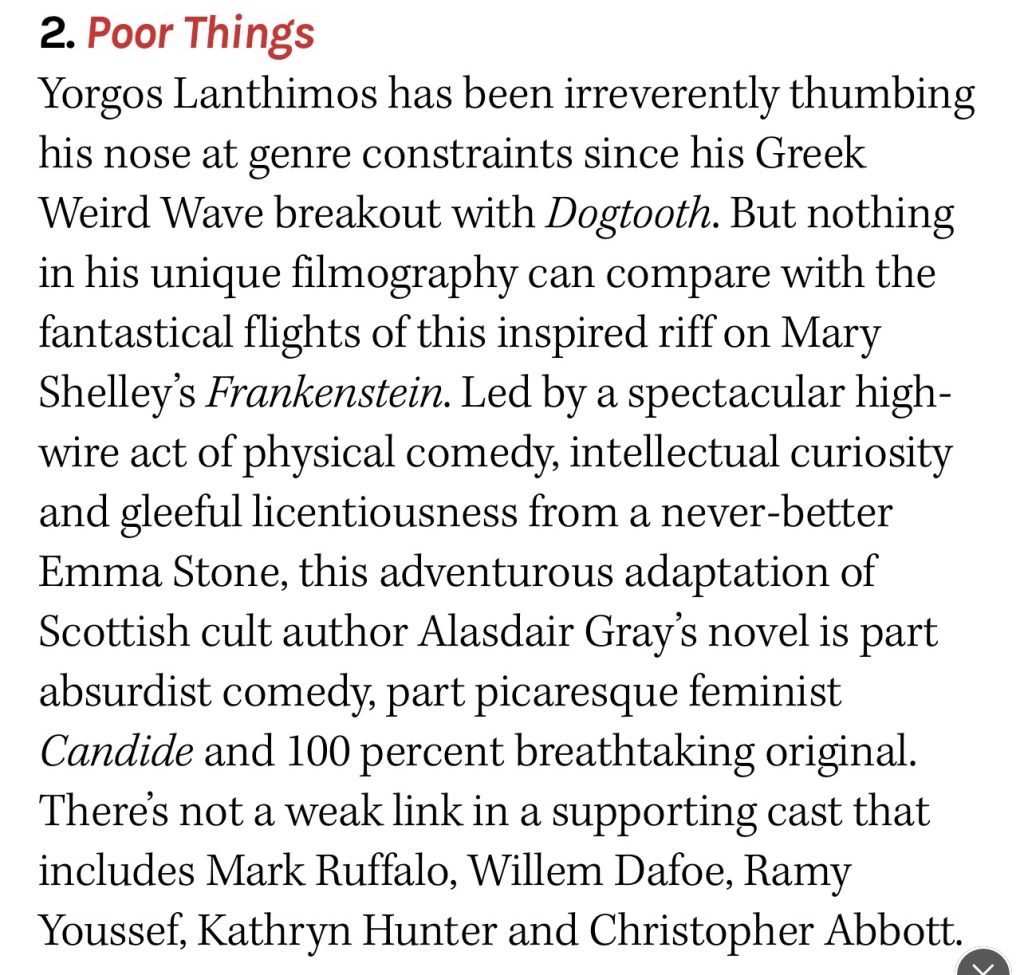Since Charles Melton doesn’t deliver all that strongly or memorably in May December (he’s fine but calm down), I’ve been puzzling over why he’s been winning. My initial thought was that his half-Korean lineage had something to do with it (i.e., actors of color being naturally favored these days). Then I realized, “Oh, this is a woke sympathy vote for young victims of sexual assault…Melton is an award season stand-in for all the kids who’ve been abused.”
The scolding, archly judgmental tone of the narration in this “Take” essay is very invested in the HORRIBLE WRONGNESS of older woman-teenage boy relationships. The judgment isn’t wrong, of course, but the narration is hugely annoying. Legal boundaries must always be respected and minors should be left the hell alone under all circumstances but…
Yes, I’ve said this a few times but I felt lonely, largely ignored and sexually miserable in my mid teens. If the right foxy teacher had come along and taken me into her boudoir I would’ve wept with gratitude, and I’d have never ratted her out to my friends. I would been so thankful to God the Father that I would’ve become a lifelong Catholic.
Samy Burch‘s May December screenplay is being campaigned to win Best Original Screenplay right now over David Hemingson for The Holdovers or even Barbie. PLEASE.
Bill McCuddy informs that the new title of May December is May Never.

